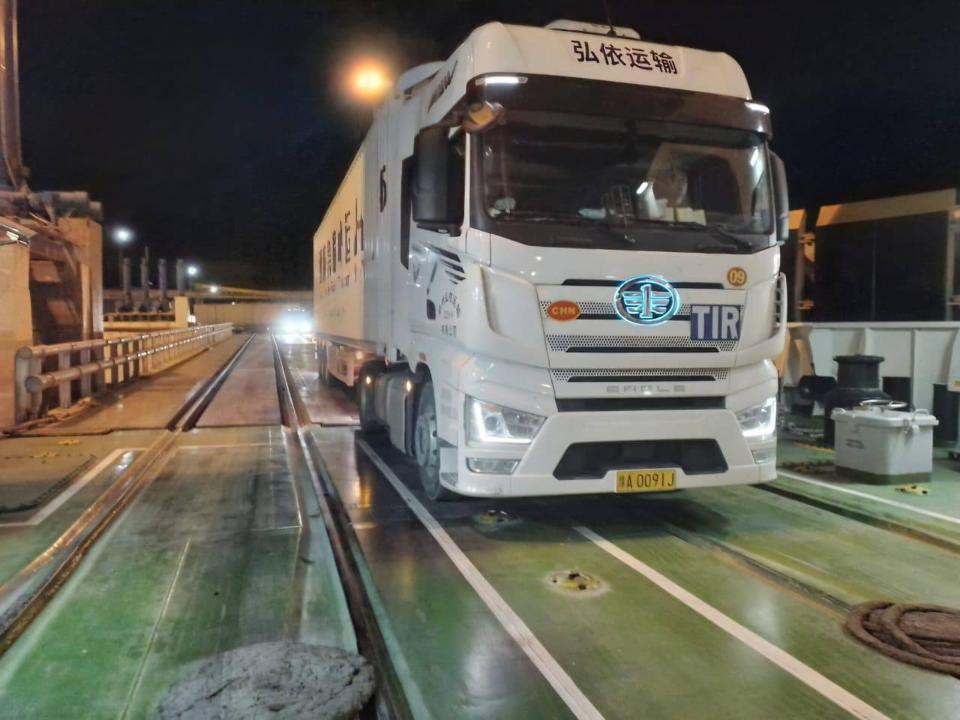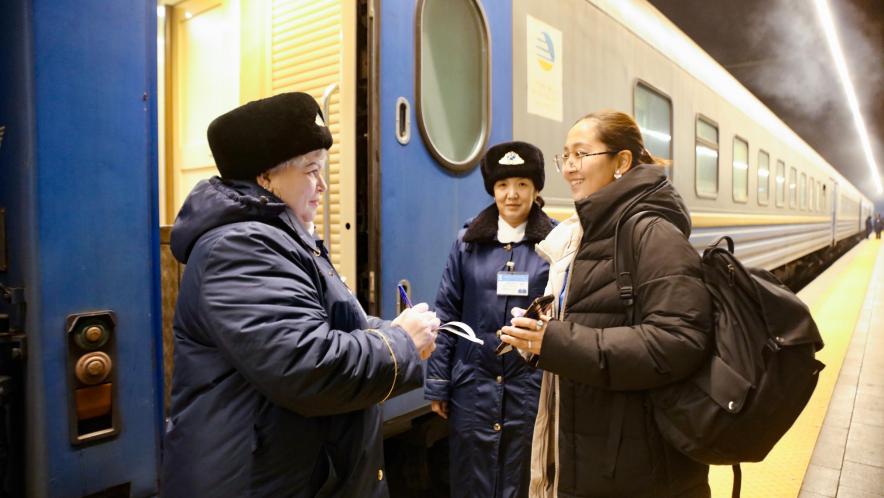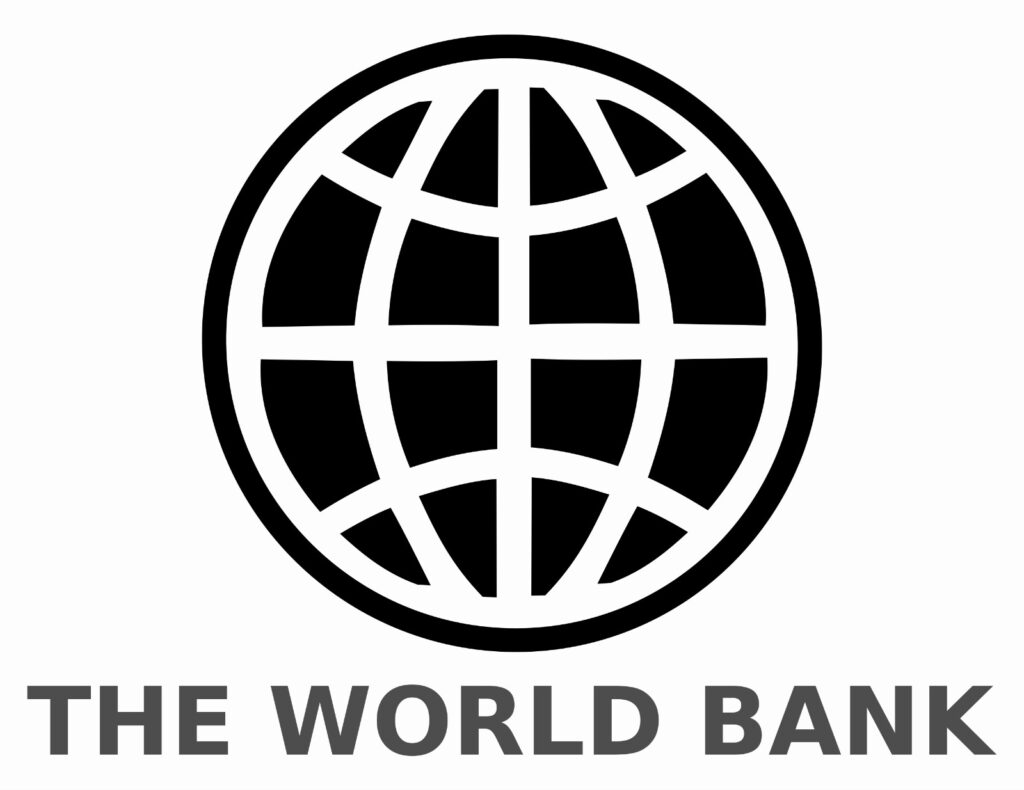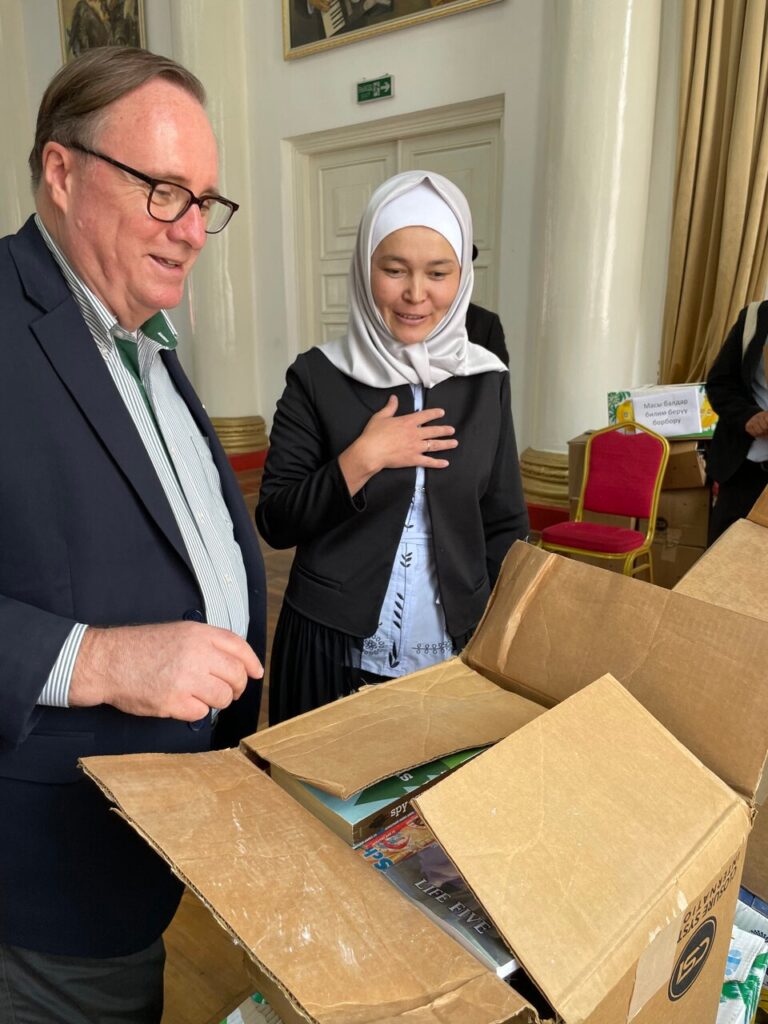The Middle Corridor is Being Funded Faster than Expected
By Robert M. Cutler
According to Samuel Doveri Vesterbye, director of the independent think-tank, European Neighbourhood Council (ENC), a small group of high-ranking cabinet officials, ambassadors and other diplomats met in a closed-door round-table on May 15, representing the EU, Türkiye and countries in the South Caucasus and Central Asia. The meeting, organized by Turkish organizations International Transporters Association (UND) and the Turkish Industry and Business Association (TUSIAD), focused on the synergy between the EU’s Global Gateway initiative and the projects of the Trans-Caspian International Trade Route (TITR).
The fact of the meeting taking place has been confirmed by Türkiye’s Permanent Delegate to the EU. Doveri Vesterbye writes that the meeting “consisted of less than 30 individuals mostly linked to diplomacy, transport, logistics, business, critical infrastructure security, policy-making and supply chains” and “brought together four different Directorate Generals (DGs) and more than 10 nationalities of Director-and-Ambassador level.” Significantly, also according to Doveri Vesterbye, the development of high-level coordination committees is under way.
The meeting’s assessment that the TITR is being funded faster than expected is an extremely positive development. Dr. S. Frederick Starr, a well-known American expert and a Distinguished Fellow for Eurasia at the American Foreign Policy Council, told The Times of Central Asia that “the activation and coordination of both European and Turkish institutions is essential not only for the financing and construction of this mega-project, but also for its successful management thereafter.”
This is a very stabilizing development for international commerce. As other corridors are increasingly volatile, it would help to insulate trade between China and Europe from supply-chain shocks. It will also benefit the participating states themselves. Starr explained that the continuing European and Turkish involvement in building out the TITR “will help the transit states of Central Asia and the [South] Caucasus to balance their relations with China and Europe and will thereby undergird their sovereignties. Such balance creates what is literally a ‘win-win-win’ situation.”
According to a mid-2023 report, prepared jointly by the EBRD and the EU Commission, an estimated €18.5 billion is required in infrastructure investments in order to improve Central Asia’s transport connectivity. Potential growth in transit container traffic by 2040 could be over 40-fold, with significant spill-over effects on education, tech hubs, business and middle-class development.
At the same time, the TITR has been reconceptualized as a driver of regional trade and economic growth along the entire Europe–Türkiye–South Caucasus–Central Asia trajectory, with special attention given to the latter two regions. The EU Commission and the EBRD have already funded €10.5 billion in Central Asia via loans and grant investments promised only a few months ago, in January this year, at the Global Gateway Investment Forum in Brussels. This pace suggests significant commitment by such large bureaucratic organizations, and it augurs well for the unlocking of funds from the European Investment Bank (EIB) for investment in Turkey.
Doveri Vesterbye writes that the heads of EU member-state missions in Brussels (COREPER) will work to synchronize EIB investments, with special attention on reforming the Customs Union, in order to prepare EU decisions in this direction. For example, such seeming minutiae as the facilitation of issuing visas to truck drivers from Türkiye requires attention in order to implement EBRD recommendations to diminish costs associated with otherwise longer waiting times at borders.
Other main recommendations, including from the World Bank report of last year, are to implement digitization, particularly at border-crossings, cut red-tape, including customs-declaration paperwork, and improve logistical bottlenecks. In this last respect, truck transit needs to be improved both in the short and the medium term, and rail transit in the longer term.
More recent work, executed on the basis of the EBRD study, projects that investments of €16.5 billion to improve regulatory frameworks and infrastructure connectivity will increase container traffic from 100,000 Twenty-foot Equivalent Units (TEU, a standard cargo unit equivalent to approximately 35 cubic meters) to 865,000 TEU. This would also decrease Asia–Europe transit times from a month or more to fewer than 13 days. The next EU Commission and European Parliament will likely play a role in the corridor’s development by encouraging or requiring energy investments in hydrogen, solar and wind power for electricity-generation.
More recently, Doveri Vesterbye argues that the Middle Corridor’s assistance in Europe’s relocation of supply chains will help the EU to achieve its desired global strategic autonomy. Elements contributing to this development would include diversification from Chinese raw-material sources at still-competitive economic prices, as well as the maintenance of control over strategic supply and production chains through access to inexpensive energy and key rare metals.
The Middle Corridor is being realized faster than expected, although continued fine-grained attention is necessary for its most efficient implementation. It is part and parcel of the ongoing reconfiguration of global supply chains that will continue over the next decade and a half, as the international system reaches the crisis of tensions arising from the ongoing bifurcation between “Sinosphere” and “Anglosphere” trade routes.
Whether the EU will be able use the build-out of the Middle Corridor to rein Türkiye back towards a Western orientation in the post-Erdogan era remains to be seen. What is clear is that the vision of a robust and efficient Middle Corridor is steadily materializing. The long-term benefits of this initiative extend beyond immediate trade efficiencies. Synchronizing investments and focusing on the modernization of infrastructure will significantly boost the economies of the transit states. In the best of all possible worlds, enhanced connectivity will spur regional development, promote the rise of tech hubs and help to grow a robust middle class in part through increased educational opportunities.
The EU is succeeding in recruiting the Middle Corridor countries into its program emphasizing investments in sustainable energy investments, including hydrogen production and transmission. At a minimum, successful implementation will increase Europe’s resilience against external supply chain disruptions. An often-overlooked consequence is the enhancement of the role of the countries along the Middle Corridor in shaping the outcome of the structural crisis of the international system, which will play out over the next 20–30 years.








